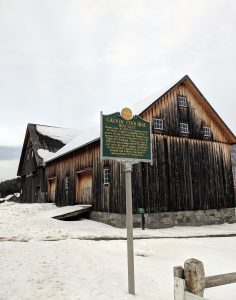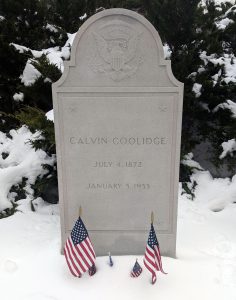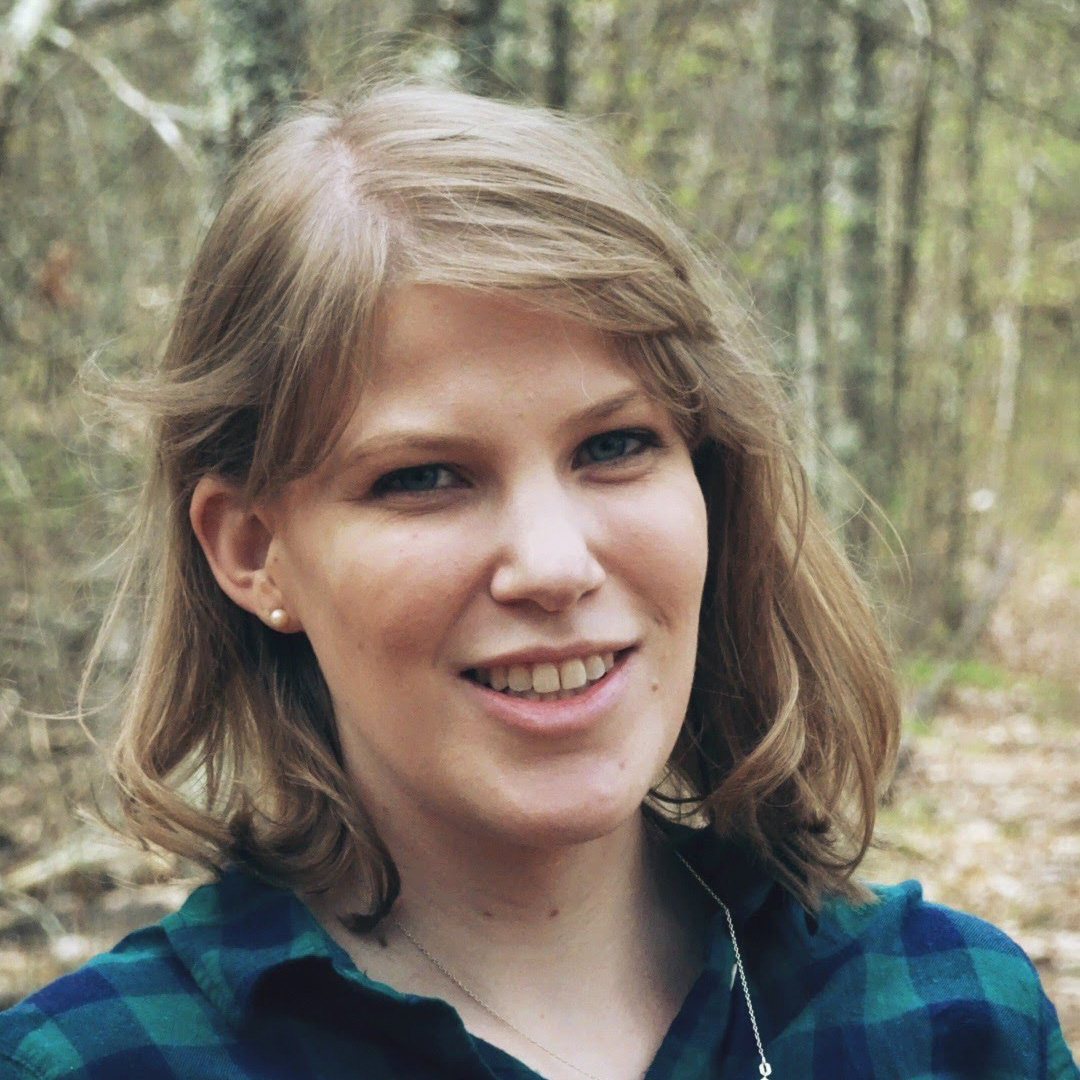 I am not sure where my fascination with the personal histories of American presidents began. Maybe it was the long road trip I took with my family in 2003 when we listened to David McCullough’s John Adams on audio book or my earliest visits to Washington, D.C. and Mount Vernon when I was even younger.
I am not sure where my fascination with the personal histories of American presidents began. Maybe it was the long road trip I took with my family in 2003 when we listened to David McCullough’s John Adams on audio book or my earliest visits to Washington, D.C. and Mount Vernon when I was even younger.
I do remember that after that road trip, I demanded a visit to Quincy to visit Adams National Historic Park and Peacefield. This spark of curiosity came full circle in the summer of 2016 when I was a graduate fellow at United First Parish Church in Quincy, aka the Church of the Presidents, the final resting place of Presidents John and John Quincy Adams.
The story of America, in its proudest and most shameful moments, can be told through the history of the American president. The short four or eight (or, once, twelve) years spent as the president weave complex narratives of truths, lies, and compromise, failed and successful, and suggest ways the lives of these men (all men … so far) have affected the lives of other Americans.
The story of America, in its proudest and most shameful moments, can be told through the history of the American president.
Chronicles of the lives of American presidents can give us important insights. Whether it is Lincoln and his Baptist beginnings in Kentucky, or Andrew Jackson’s capture by the British during the Revolution, these events reveal what shaped them and, in turn, the history of the United States.
What I have found most fascinating is the decision about where these men, so often consumed with the ideas of their own mortality and legacy, chose as their final resting places. Presidents are often buried where they were born or in a place of great significance to the life they led prior to the presidency – sometimes in grand tombs, at other times with the most modest of markers. It has become a joy of mine to visit these final resting places.
I have yet to reach an impressive number (ten so far), but I’ve had the chance to visit a few graves which are not so obvious.
In November, while on a trip to Burlington, Vermont to visit family, we took a detour, winding our way through the snow-covered hills to the homestead and burial site of President Calvin Coolidge at Plymouth Notch, Vermont.
Calvin Coolidge ... often spent summers at his family home in Plymouth Notch and was vacationing there when he received word of Harding’s sudden death.
Calvin Coolidge, Governor of Massachusetts before being nominated to become Warren G. Harding’s vice president, often spent summers at his family home in Plymouth Notch and was vacationing there when he received word of Harding’s sudden death. The Coolidge family home was without electricity or a telephone, so the news came to him by messenger in the middle of the night on 3 August 1923. Coolidge was sworn in by his father, a notary public and justice of the peace, in their parlor at 2:47 a.m. President Coolidge then went back to bed.
 It was quiet at the homestead during my visit, with the visitor center and historic home closed for the season. It was so quiet that only one car drove by and I felt like an intruder.
It was quiet at the homestead during my visit, with the visitor center and historic home closed for the season. It was so quiet that only one car drove by and I felt like an intruder.
Calvin Coolidge, who died in 1933, is buried a short way down the road at Plymouth Notch Cemetery with his wife Grace and two sons. His youngest son Calvin Coolidge, Jr. died tragically in the White House at the age of 16 after suffering a staph infection in 1924, the discovery of penicillin still four years away.
The President’s grave is relatively simple and situated on a steep hill. The presidential seal decorates the top of the tall granite marker. The stillness of the landscape and beauty of the Vermont hills gave clarity as to why the spot was perhaps so meaningful for someone who earned the nickname “Silent Cal.”
Share this:

About Danielle Cournoyer
Prior to NEHGS, Danielle worked as an Interpretation and Programming Fellow for The Church of the Presidents, where she led guided tours of the historic church and the Adams crypt. Additionally, Danielle has worked as an Historic District Research Aid for the Arlington Historical Commission. She graduated from the University of Massachusetts-Boston with a Master of Arts degree in History in May 2016. Her interests include urban development and history, focusing on Boston and New York.View all posts by Danielle Cournoyer →